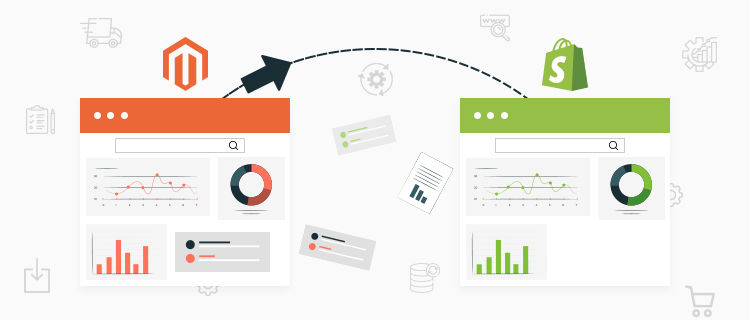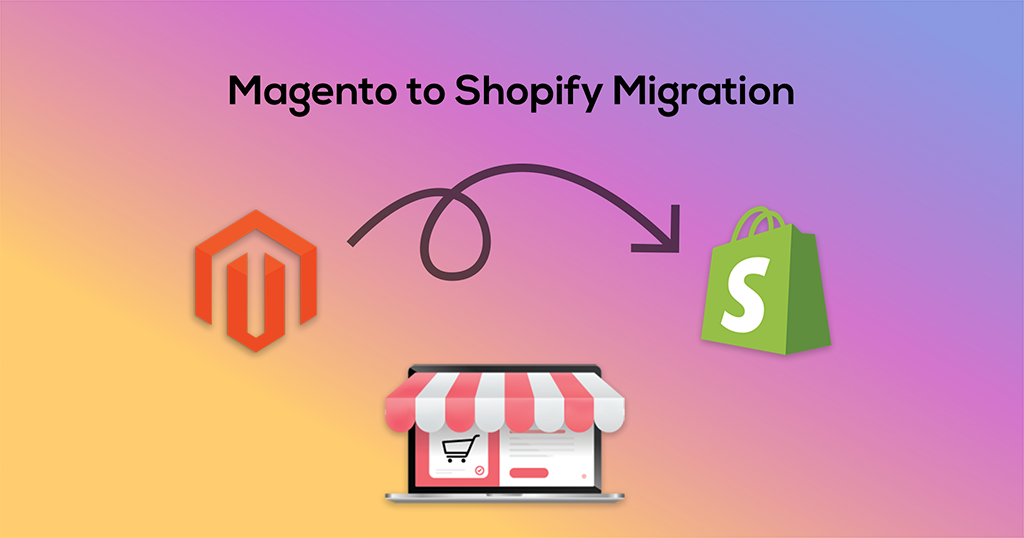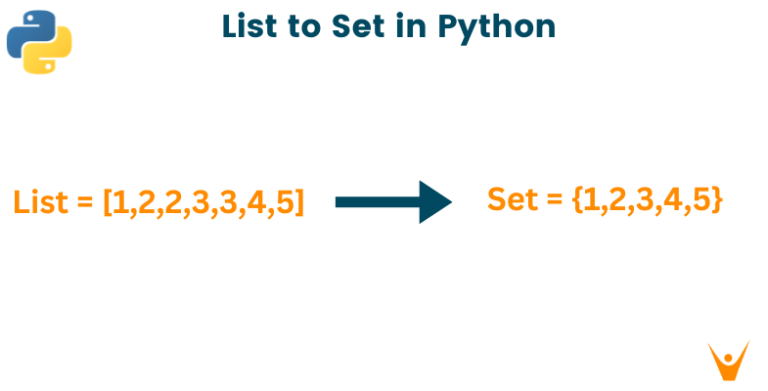The Complete Magento to Shopify Migration Checklist for 2024
Are you thinking of moving your online store from Magento to Shopify? If so, you are not alone. Many e-commerce merchants are switching to Shopify because of its ease of use, scalability, security, and performance. Shopify is one of the most popular and trusted e-commerce platforms in the world, powering over 1.7 million businesses in 175 countries.
But migrating from one platform to another is not a simple task. It requires careful planning, preparation, and execution. You need to ensure that your data, design, functionality, and SEO are transferred correctly and smoothly. You also need to avoid any downtime, errors, or data loss that could affect your customers and sales.
That’s why we have created this comprehensive Magento to Shopify migration checklist for 2024. This checklist will guide you through the essential steps and best practices for a successful migration. We will also share some bonus tips and resources to help you optimize your Shopify store and grow your business.
What is Magento to Shopify Migration Checklist?
Magento to Shopify Migration Checklist is a comprehensive guide outlining the necessary steps and recommendations for seamlessly transferring your online store. It facilitates the preparation, execution, and launch of your Shopify store while ensuring minimal disruptions and data integrity. This checklist encompasses the following key aspects of the migration process:
– Data preparation, including tasks like backing up your Magento store, tidying up data, and mapping data fields.
– Establishing design and functionality within Shopify, involving actions such as selecting and customizing a theme, crafting pages and navigation, and integrating desired features and applications.
– Testing and deploying your Shopify store, which entails activities like previewing the store, assessing its performance and SEO, configuring domain and SSL certificate settings, and configuring payment methods.
What are pros and cons of Magento to Shopify Migration Checklist?
A checklist for migrating from Magento to Shopify serves as a comprehensive guide, offering steps and best practices to aid in the transition of your online store. Its effectiveness can vary depending on your specific circumstances and requirements. Here are some advantages and disadvantages associated with using such a checklist:
Pros:
– Facilitates time and effort savings through a structured plan for the migration process.
– Ensures data accuracy by guiding proper data preparation, export, and import procedures.
– Allows customization of the migration approach to suit your store’s data, design, and functionality requirements.
– Helps mitigate potential migration issues by preemptively addressing common challenges like data loss and SEO impact.

Cons:
– May incur costs and resource demands, such as hiring migration services, subscribing to apps, or investing in custom development.
– Can be intricate and overwhelming due to the multitude of involved tasks, including data backup, cleanup, mapping, theme selection, page creation, feature integration, testing, and launch.
– Carries risks of unexpected errors or complications, such as data corruption, compatibility issues, or customer dissatisfaction, adding uncertainty to the process.
How to create Magento to Shopify Migration Checklist
1. Prepare for your data migration
The first step of the migration process is to prepare your data for transfer. This includes your products, customers, orders, reviews, coupons, and other information. You need to export your data from Magento and import it to Shopify using a CSV file or a third-party app.
Before you export your data, you need to:
- Back up your Magento store. This is a crucial step to prevent any data loss or corruption. You can use a backup extension or your hosting provider’s backup service to create a copy of your store’s files and database.
- Clean up your data. This means removing any duplicate, outdated, or irrelevant data from your Magento store. You can use a data cleaning tool or manually delete any unnecessary records. This will make your migration faster and more efficient.
- Map your data. This means matching your Magento data fields with the corresponding Shopify data fields. For example, you need to map your product attributes, categories, and tags with Shopify’s product options, collections, and tags. You can use a data mapping tool or a spreadsheet to create a mapping table.
After you prepare your data, you can export it from Magento and import it to Shopify. You can use the built-in export and import features of both platforms, or you can use a third-party app that automates the migration process. Some of the popular apps are LitExtension, Cart2Cart, and Excelify.
2. Set up your design and functionality on Shopify
The next step of the migration process is to set up your design and functionality on Shopify. This includes your theme, layout, navigation, pages, and features. You need to recreate your Magento store’s look and feel on Shopify, as well as add any additional functionality that you need.
To set up your design and functionality on Shopify, you need to:
- Choose a theme. Shopify offers hundreds of free and paid themes that you can customize to suit your brand and style. You can browse the Shopify Theme Store or use a theme finder tool to find the best theme for your store. You can also hire a Shopify expert or use a theme builder app to create a custom theme from scratch.
- Customize your theme. Shopify allows you to easily customize your theme using the theme editor. You can change the colors, fonts, images, logos, and other elements of your theme. You can also add, remove, or rearrange the sections of your theme, such as the header, footer, sidebar, and homepage.
- Create your pages and navigation. Shopify lets you create and manage your pages and navigation using the online store admin. You can create pages for your products, collections, blogs, policies, contact, and more. You can also create menus and links for your main and footer navigation.
- Add your features and apps. Shopify has a rich and diverse app store that offers thousands of apps that can enhance your store’s functionality and performance. You can find apps for marketing, sales, customer service, analytics, shipping, inventory, and more. You can also use Shopify’s native features, such as discounts, gift cards, checkout, and Shopify Payments.
3. Test and launch your Shopify store
The final step of the migration process is to test and launch your Shopify store. This means ensuring that your store is fully functional, secure, and ready for customers. You need to check your store’s appearance, performance, and SEO, as well as set up your domain, SSL certificate, and payment methods.
To test and launch your Shopify store, you need to:
- Preview your store. Shopify allows you to preview your store before you launch it. You can use the preview mode to see how your store looks and works on different devices and browsers. You can also use a preview app or a preview link to share your store with others and get feedback.
- Check your store’s performance and SEO. Shopify helps you optimize your store’s performance and SEO by providing tools and tips. You can use the online store speed report to measure and improve your store’s loading speed. You can also use the SEO checklist to optimize your store’s title, meta description, URL, and content for search engines.
- Set up your domain and SSL certificate. Shopify allows you to connect your existing domain or buy a new one from Shopify. You can use the domain settings to manage your domain and subdomains. Shopify also provides a free SSL certificate for your store, which encrypts your store’s data and makes it more secure.
- Set up your payment methods. Shopify supports multiple payment methods, such as credit cards, PayPal, Apple Pay, Google Pay, and more. You can use the payment settings to enable and configure your payment methods. You can also use Shopify Payments, which is Shopify’s own payment gateway that offers low fees and fast payouts.
Once you complete these steps, you can launch your Shopify store and start selling!
Conclusion
Congratulations! You moved your online shop from Magento to Shopify, which means you’re now part of Shopify’s community. This switch lets you enjoy Shopify’s helpful features and easy-to-use online store setup. Now, you can concentrate on expanding your business and attracting more shoppers.
But the migration process is not the end of your journey. It marks the start of an exhilarating and promising phase. You need to continuously monitor, update, and optimize your Shopify store to keep it fresh and competitive. You also need to leverage the features and apps that Shopify offers to enhance your store’s functionality and performance.
If you need any help or guidance with your Shopify store, you can always contact ONextDigital, a leading web development company that specializes in Shopify. We offer a range of services, such as web design, web development, UX/UI design, and white label software service. We can help you create a stunning, fast, and secure Shopify store that meets your needs and goals. Contact us today and let us take your Shopify store to the next level!






